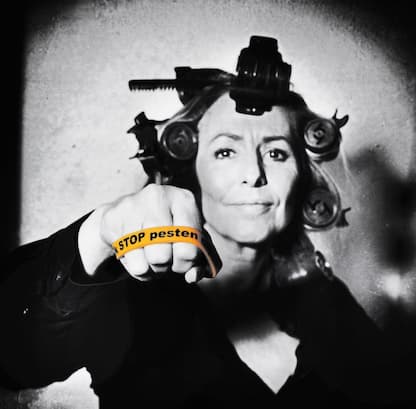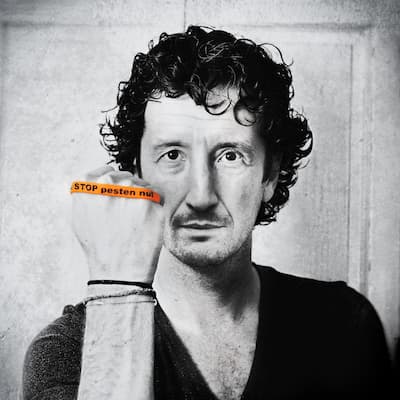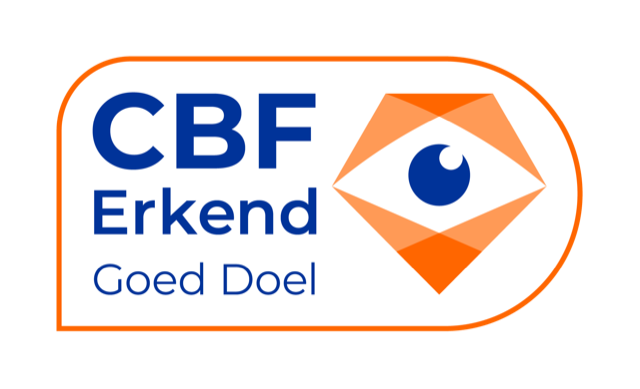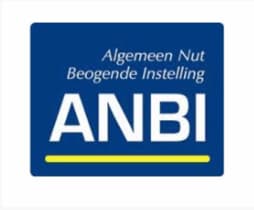Practical strategies to best support all children and young people online, including those who identify as LGBT
The internet is an incredibly powerful tool. It gives young people unprecedented opportunities to engage with the world around them and plays an increasingly important part in their education and learning. For some young people, and in particular those who are lesbian, gay, bi and trans (LGBT), the internet also provides a way to reach out to others having similar experiences to them. Nine in ten LGBT young people (90 per cent) say they can be themselves online, and nearly all LGBT young people (95 per cent) say the internet has helped them find positive role models. In this sense, it can be a great source of hope for those who have few LGBT peers around them at school, college, at work or in their community.
Unfortunately, as we’re increasingly aware, the internet also poses risks. It can provide opportunities for unsafe behaviour, with two in five (39 per cent) young people aged 13-19 having met up with someone they met and talked to online. Of those, nearlyone in five (18 per cent) did not tell anyone they were meeting up. For those who are LGBT, the risks are often even more pronounced – either because the information they’re given around internet safety doesn’t specifically address LGBT issues, orbecause they’re afraid they will be judged or outed for their sexual orientation or gender identity if they ask for advice. Homophobic, biphobic and transphobic abuse is rife online, with nearly all LGBT pupils being exposed to offensive content about LGBT people.
This guide is for teachers, educators and parents wanting to ensure the LGBT young people they know feel able to speak openly about their experiences online, and to make safer and more informed choices in their digital lives. Here you’ll discover simple changes you can make in your school or college, and you’ll hear from young people themselves about life online.
We hope you find this a useful resource that improves the lives of the LGBT young people around you. Together, we can move towards a world where all children and young people, regardless of their sexual orientation or gender identity, are accepted without exception.
Paul Twocock
Interim Chief Executive, Stonewall
WHO IS THIS GUIDANCE FOR?
This guidance is for teachers, educators and other professionals working directly with young people in schools and colleges. From teaching and office staff, to leadership, management and governors with safeguarding responsibilities – all adults working and contributing to school and college life have a duty of care to the children and young people they interact with.
While some parts of this document focus on specific guidance for schools and other educational settings, there are some parts which parents may also find useful. If you are a parent reading this guidance, you may like to start by reading page 39, which outlines top tips for parents and carers.
WHY IS THIS GUIDANCE IMPORTANT?
The internet and technology have had a profound impact on all of our day-to-day lives, but particularly on the experiences of children and young people. While technology offers many positive opportunities to connect, learn and communicate, it also involves inherent risks – and these are risks to which children and young people may be especially vulnerable.
For most lesbian, gay, bi and trans (LGBT) children and young people, the internet will be an exciting and inspiring part of their day-to-day lives. However, it’s vital that school and college staff are equipped with practical strategies to best support all their pupils online, including those who identify as LGBT. When staff understand how children and young people’s online experiences are shaped by their identity, and can foster an inclusive and welcoming space where difference is understood, respected and celebrated, this benefits all pupils – regardless of their sexual orientation or gender identity.
ABOUT THIS GUIDANCE
This guidance will give an overview of what all school staff need to know about the lives and experiences of LGBT children and young people online, as well as advice and strategies on how to respond when things go wrong.
The first part of the guidance explores the different ways in which LGBT young people use the internet, and how this might be similar or different to their non-LGBT peers. The first part of the guidance also looks at the risks and challenges for LGBT youngpeople as they go online, as well as exploring some of the positives.
The second part of the guidance has lots of advice, resources and best practice guidance to help educators, parents and carers manage risks and empower LGBT young people to stay safe and enjoy all the internet has to offer. To get the most out of this document, you may find it useful to familiarise yourself with the key terms listed in the glossary at the back of this resource.
SECTION 1 - WHAT DO LGBT YOUNG PEOPLE EXPERIENCE ONLINE?
Life online 9
How does being LGBT shape children and young people’s online experiences? 11
Key areas of online activity 13
Sharing online 13
Sexting and nudes 14
What are the risks? 14
Content 16
Communicating with others 20
Digital wellbeing 24
Download the guidance brochure in PDF here
Tip van de redactie
Heb je haast? Navigeer dan snel naar:
► Scholen & Professionals Kenniscentrum Pesten in het Onderwijs
- Of navigeer direct naar de informatie per functionaris: Schooldirectie & MT / Anti-pest coördinator / Leerkracht / Mentor / Ouderraad & MR
- Leerlingen & opvoeders: Kinderen & Jongeren (Leerlingen) / Ouders & Opvoeders
► Sportverenigingen Kenniscentrum Pesten in de Sport
- Of navigeer direct naar de informatie per functionaris: Bestuurders / Coaches, Trainers & Begeleiders / (Top)Sporters & Scheidsrechters
- Jonge leden & ouders Kinderen & Jongeren (Leerlingen) / Ouders & Opvoeders
► Werkgevers Kenniscentrum Pesten op het Werk
- Of navigeer direct naar de informatie per functionaris: Directie en bestuurders / HRM / MT en Leidinggevenden / Medewerkers / Ondernemersraden / Vertrouwenspersonen
► Ouderen Kenniscentrum Pesten in Woonzorgcentra

Breng snel een bezoekje aan ...
► Kenniscentrum (Klassiek) Pesten
► Kenniscentrum Online pesten (cyberpesten)
► Kennisbank & Downloadcentrum o.a. Beleid & Factsheets / Handleidingen / Lesmaterialen / Posters / Wetenschappelijke Onderzoeken
► Ik word gepest, wat kan ik doen
Stichting Stop Pesten Nu is het enige Erkende Goede Doel tegen Pesten in Nederland!







